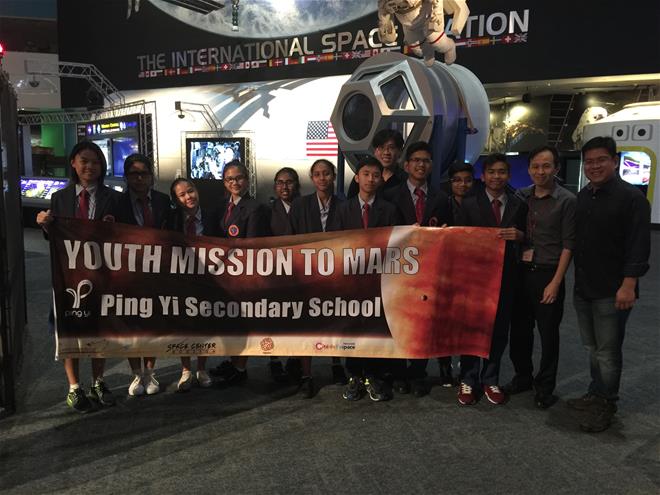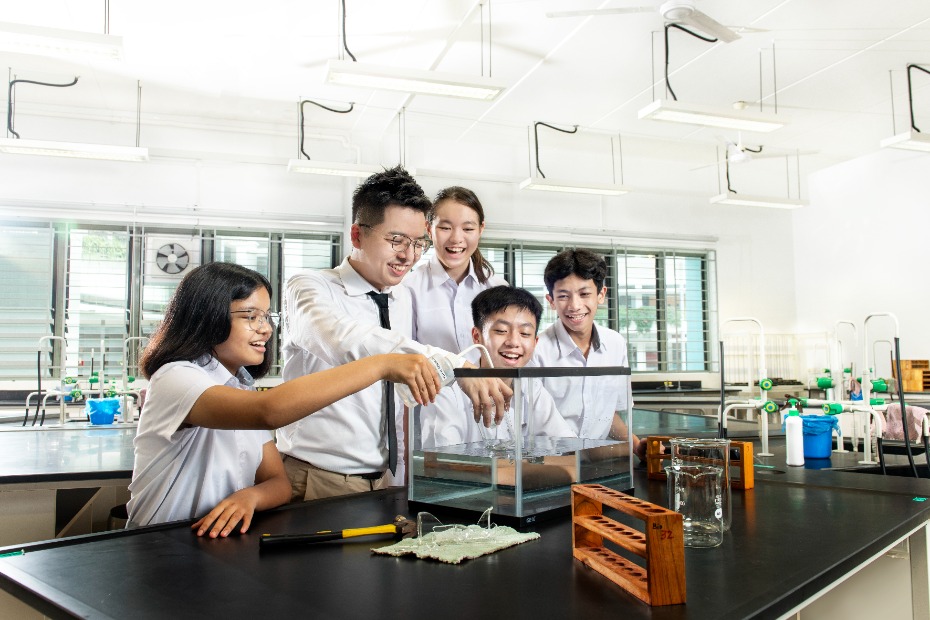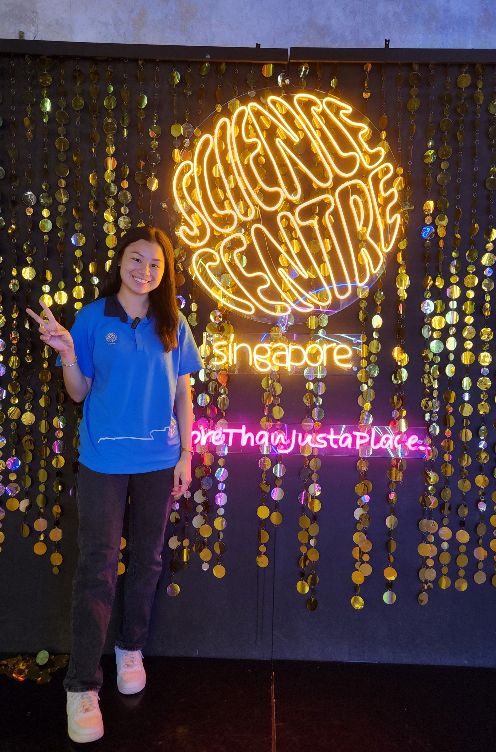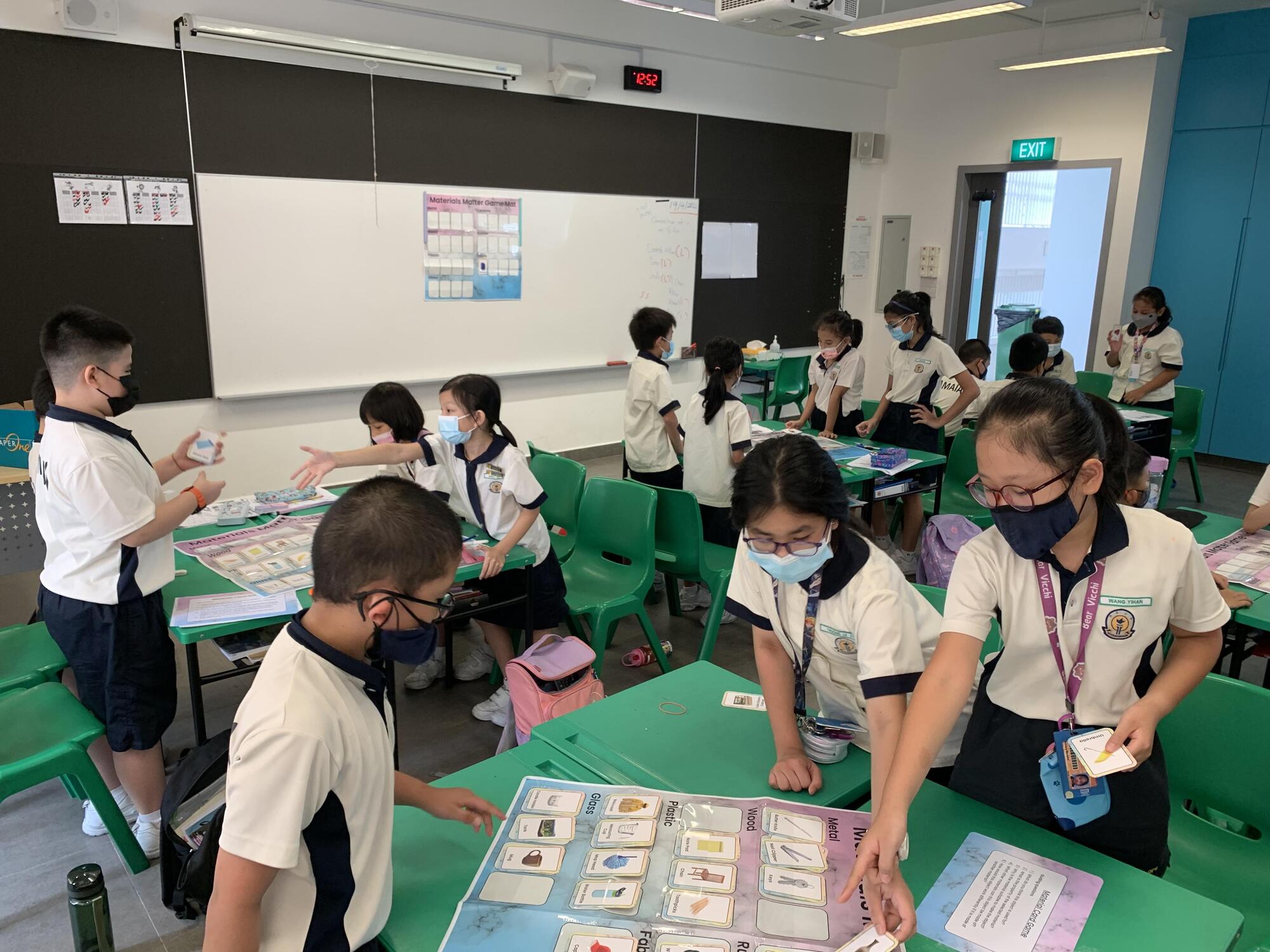How do you build a home on Mars?
16 Dec 2016

Students from Ping Yi Secondary visited the Space Centre in Houston where they hobnobbed with NASA engineers to explore the possibility of building a community on the Red Planet.
Their concept of a Martian habitat is a modular living space with different pods for entertainment, waste disposal, a greenhouse and most importantly water and oxygen generation.
The designers behind it? Two students from Ping Yi Secondary School.
Edric Chan, 14, and Nazihah Bte Ahmed Khajan,15, were part of an international group of students picked to attend the “Youth Mission to Mars” at the Space Centre in Houston, US, during the June holidays this year.
For three days, these students were given a crash course on what life on Mars could be like. They tested out the heat resistance of thermal tiles, which protect the spacecraft from extremely high temperature. To navigate the planet’s rugged terrain, they built models of Mars rovers. Their final task was to design a house which could sustain life on the Red Planet.
This space camp is one of the activities under Ping Yi Secondary’s Applied Learning Programme (ALP), which is Design and Aeronautical Engineering. Edric and Nazihah were among 10 students from the school who were selected to go for the trip after an interview with the teachers.
Edric describes the visit to the space centre as an “eye-opening experience”. He says, “The building was huge and it had all sorts of space-related stuff!” He was especially excited to meet the NASA engineers and a former astronaut, David C Hilmers who shared his experience living in space. “I was pretty awestruck to meet an astronaut in person. I found a Wikipedia page on him and what he has done is impressive.”
Creating “aha” moments
Back in Ping Yi Secondary, there are more opportunities for students to pursue their interest in aeronautical science. In fact, the school exposes all Secondary 1 and 2 students to one hour of ALP lesson a week. One of the architects behind the programme is Mr Johnny Wee, Subject Head of Design Education.
Mr Wee says: “I want the ALP to be a fun subject that allows students to experience ‘Aha!’ moments and learn things along the way. I didn’t want the students to just come for lessons and look at PowerPoint slides, study the theory and go back home.”
And that’s why ALP lessons at Ping Yi are designed to get students to explore and experiment. From making the fastest paper plane to operating a remote-controlled airplane and even designing an aircraft using a flight simulation software.
Mr Wee remembers his own magical “Aha!” moment when he built his first wooden plane model from scratch as a young boy. “I felt a sense of wonder and excitement, and this is what I want my students to experience.” He continues, “When they look at a plane, they understand why it can fly. They appreciate that it’s an engineering feat for something that weighs maybe 13 tonnes to be up in the air.”
High hopes for the future
The school is partnering Civil Aviation Authority of Singapore (CAAS) to elevate its ALP and build a strong aerospace culture in the school. So far, the plan is to invite CAAS staff to introduce students to the variety of roles in the aviation sector such as in logistics and ground support. A learning journey to an aerospace manufacturing facility in Singapore is also in the pipeline.
Mr Wee hopes that such ALP experiences will fire up the students’ imagination to experiment, discover and dream. He says, “The space centre trip really showed the students what it means to be pioneers in a field of work and to push boundaries.”
It’s been more than three months since their visit to Houston, and one thing which Nazihah and Edric are still talking about is a rock from the moon which they got to touch. That was one of the highlights of their visit to the space centre. To them, the rock represented what human beings have achieved — and can achieve in the future.


.jpg)

.jpg)
